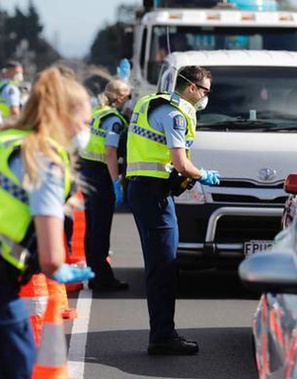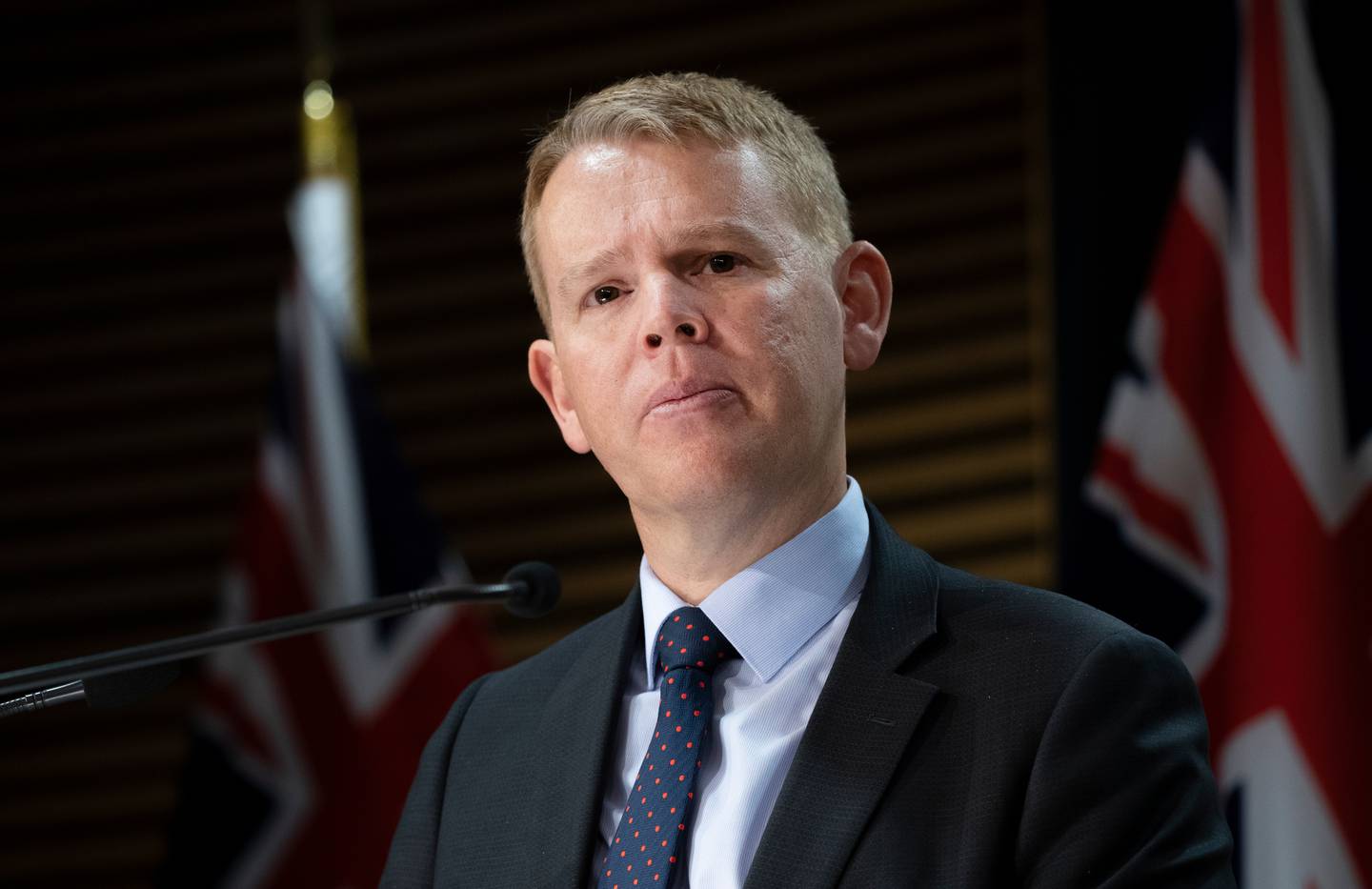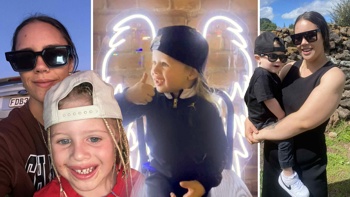
Auckland boundary restrictions should have already been lifted and the whole country, bar Auckland and Northland, should be in the orange setting, according to previously unreleased public health advice.
The Ministry of Health also initially thought some regions should start in green - though this was later revised due to the spread of Delta - despite its concerns that starting the traffic light system in early December could put vulnerable Māori at greater risk.
This warning was outlined in a ministry paper on November 24, two days after Prime Minister Jacinda Ardern had already announced the new system starting from December 3.
Ardern ultimately took a far more cautious stance than the ministry, with several districts outside Auckland and Northland — Taupō and Rotorua Lakes, Kawerau, Whakatane, Ōpōtiki, Gisborne, Wairoa, Rangitikei, Whanganui and Ruapehu — also in red for at least two weeks, no region in green, and movement in and out of Auckland only starting from December 15.
The public health advice is contained in director general of health Dr Ashley Bloomfield's affidavit to the Waitangi Tribunal, which this week is looking into whether the Covid-19 response and the traffic light system are consistent with Te Tiriti o Waitangi.
"Our advice was that the 'hard or enforced' boundary around Auckland should be removed when Auckland and the rest of the country move to the CPF (Covid Protection Framework, which is the traffic light system)," Bloomfield's written evidence to the tribunal said.
"This is because there will be no public health justification to maintain a boundary around Auckland under the CPF. Put another way, the boundary around Auckland has served its purpose. It has been effective, alongside other public health measures, in greatly reducing the risk of the virus 'escaping' Auckland."
That didn't mean the virus wouldn't escape, but Bloomfield said the new framework, alongside increasing vaccination coverage, would minimise the chances of "serious illness and death, both in and beyond Auckland".
Maintaining the boundary would also take testing capacity away from higher priority tasks, including "quick turnarounds for close contacts and those who are symptomatic".
Bloomfield also revealed public health advice to start some regions in the green setting — likely parts of the South Island, given that it would be easier to check the testing or vaccine passes of everyone travelling there rather than a place like Tairāwhiti.
"Our preliminary view was that various regions could enter into the CPF on green. However, given our assessment committee's concerns about the number of areas with low vaccination status, particularly for Māori, and current active cases in several DHBs not just limited to Auckland metro DHBs, this preliminary view was adjusted," he said.
"The final recommendation was that regions should be placed at orange, except for Northland and Auckland metro DHBs, which should enter at red. This adjustment was based on a precautionary approach and should be viewed as an interim measure for the coming weeks."
Cabinet's decisions to relieve Auckland of different lockdown steps, abandon the elimination strategy and move to the new system have prompted concern about putting Māori unjustifiably at risk.
While case numbers in Auckland have been declining, experts have warned that the move to the new system is expected to lead to an increase in cases, though how many is very difficult to predict.
Covid-19 Response Minister Chris Hipkins has previously said there was a difference between leaving no person behind, and restricting those who did the right thing for the sake of those who have chosen to be unvaccinated.
The Government has also consistently been more cautious than health officials' advice, such as on mandating mask use on public transport earlier this year. Bloomfield had also floated the idea of moving Auckland out of level 4 five days earlier than what Cabinet eventually decided, and he mooted having some parts of the country in level 1 while Auckland was still in lockdown.
Ardern also rejected the latter, saying level 2 was a buffer in case someone inadvertently carried the virus from Auckland to another part of the country.

Aucklanders moved into the traffic light system last Friday, with the boundary remaining as it is until December 15, when more movement will be permitted. Photo / Michael Craig
Asked during Question Time yesterday about the criteria to move Auckland from red to orange, Ardern said: "Auckland is the epicentre of an outbreak in New Zealand that the rest of the country continues to be concerned about. We have Auckland businesses that are pleased to be open, and other parts of the country concerned about the spread of Covid. We have to manage all of those interests."
She said the focus was on avoiding the kinds of outbreaks that would overwhelm the health system.
"If at any point we got to that level, it would mean contact tracing would have fallen over, public health units would be overwhelmed. We would have been like many other countries, and we have not been."
Hipkins told the Herald yesterday the Government was taking a "cautious approach" to the Auckland boundary.
"The decision not to relax the boundary at the same time [as starting the new system] was to give regions a bit more time to get their vaccination rates up, and to allow the Government a two-week period to review the framework settings."
The cautious approach also meant keeping more regions in red than just Auckland and Northland, he said.
"Vaccination rates, health system capacity and the need to protect vulnerable communities during an increased period of travel played a significant role in our decision that other regions should also enter the new framework at red."

Covid-19 Response Minister Chris Hipkins says the Government has kept the Auckland boundary in place to give other regions more time to boost vaccination coverage. Photo / Mark Mitchell
Bloomfield's affidavit also had a public health warning about an early move to the traffic light system.
"Transitioning to CPF in early December 2021, rather than relying on the 90 per cent vaccination rates across all DHBs, could put vulnerable Māori communities at greater risk of Covid-19 infection sooner than expected."
This advice was contained in a ministry paper on November 24, two days after Ardern had already announced December 3 as the date to start the traffic light system.
The implementation of the new system, Hipkins said, was brought forward because of high vaccination coverage in Auckland.
Bloomfield's affidavit also revealed that a 70 per cent target was initially used as a bottom line for moving the country to the new framework; other jurisdictions, such as Australia, aligned the loosening of some restrictions with vaccination targets including 70, 80 and 90 per cent.
He cited modelling in early November that showed Auckland reaching 90 per cent in mid-December, and all other DHBs needing "considerably longer".
"Public health advice was that there was marginal additional community protection in waiting for rates to increase by 1-2 per cent.
"Instead, our advice was that it may be more appropriate to loosen restrictions and focus protection measures on the communities that are known to be vulnerable."
National Hauora Coalition clinical director Dr Rawiri Jansen told the Waitangi Tribunal yesterday that those targeted measures from the Government, including a $120 million package to help Māori health providers, have been too little, too late.
Half of the package is for Māori vaccination efforts, and half is for building resilience in Māori communities to handle an outbreak under the traffic light system.
"Six weeks ago, we put a proposal that actually addressed both parts, and they said, 'Oh no, we think that's going to be next year'," Jansen said.
"It beggars belief that in an outbreak, they wanted to hold us off from organising around supporting whānau during an outbreak.
"And to be clear, up until right now, we have not had a response to our proposal for funding.”
Take your Radio, Podcasts and Music with you









